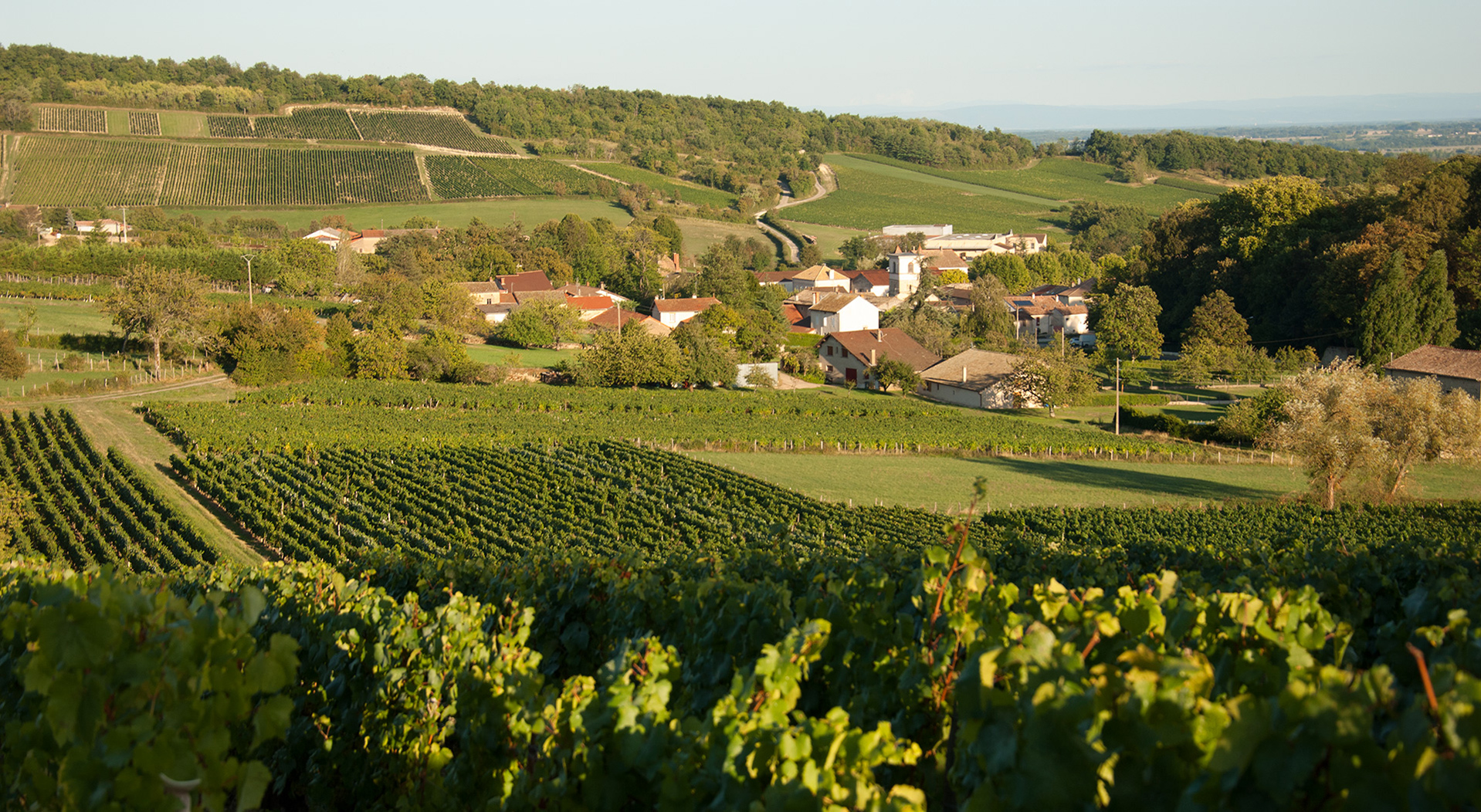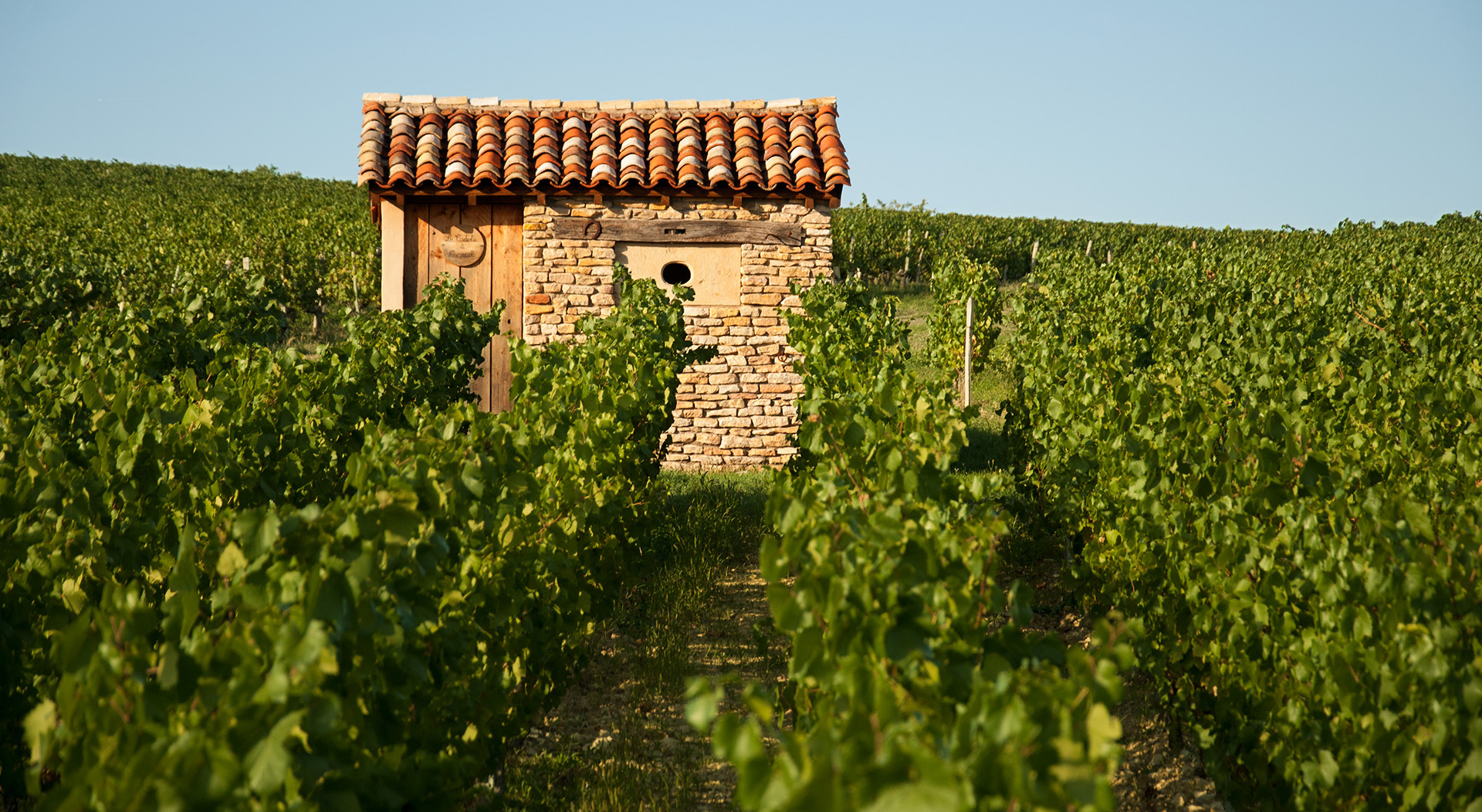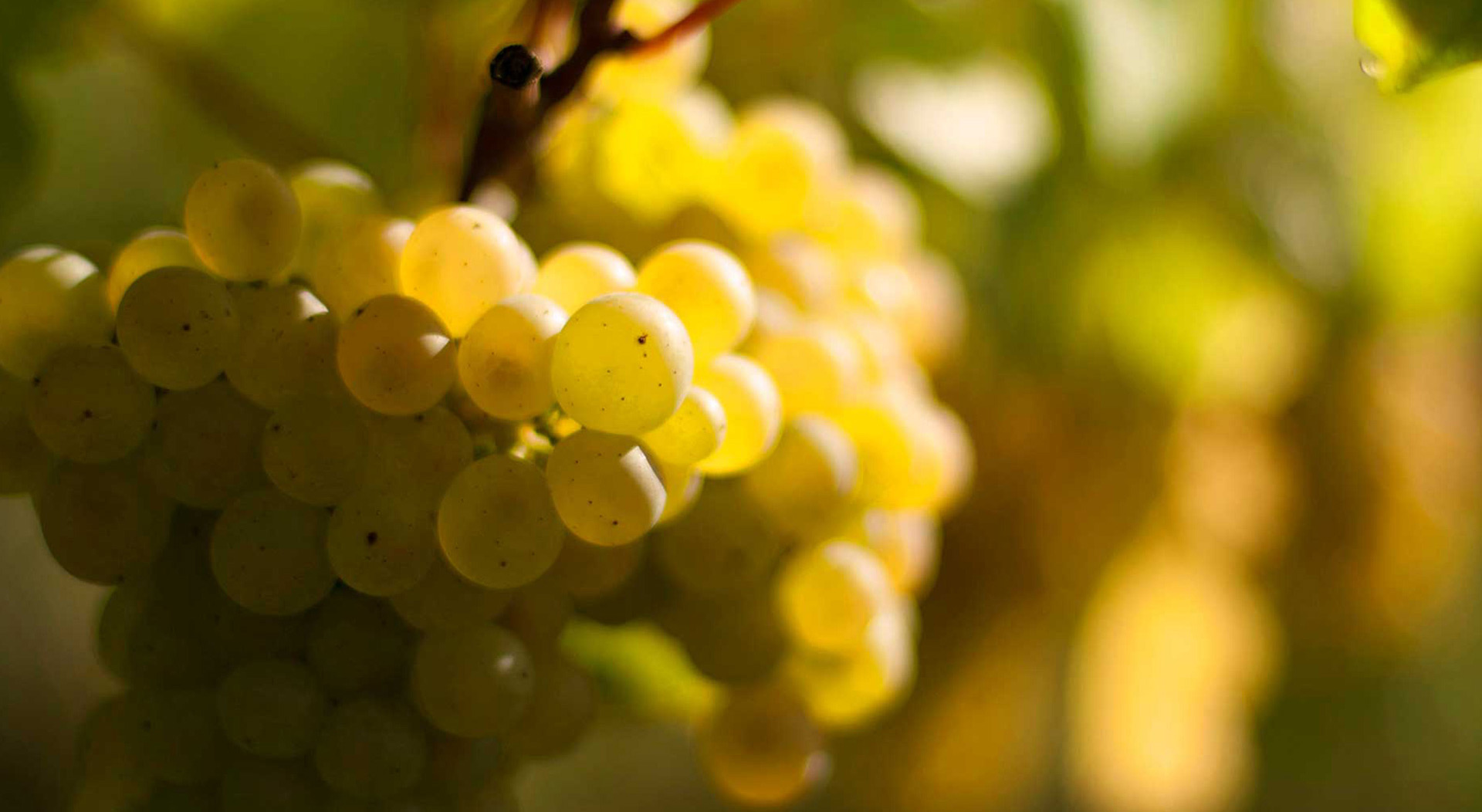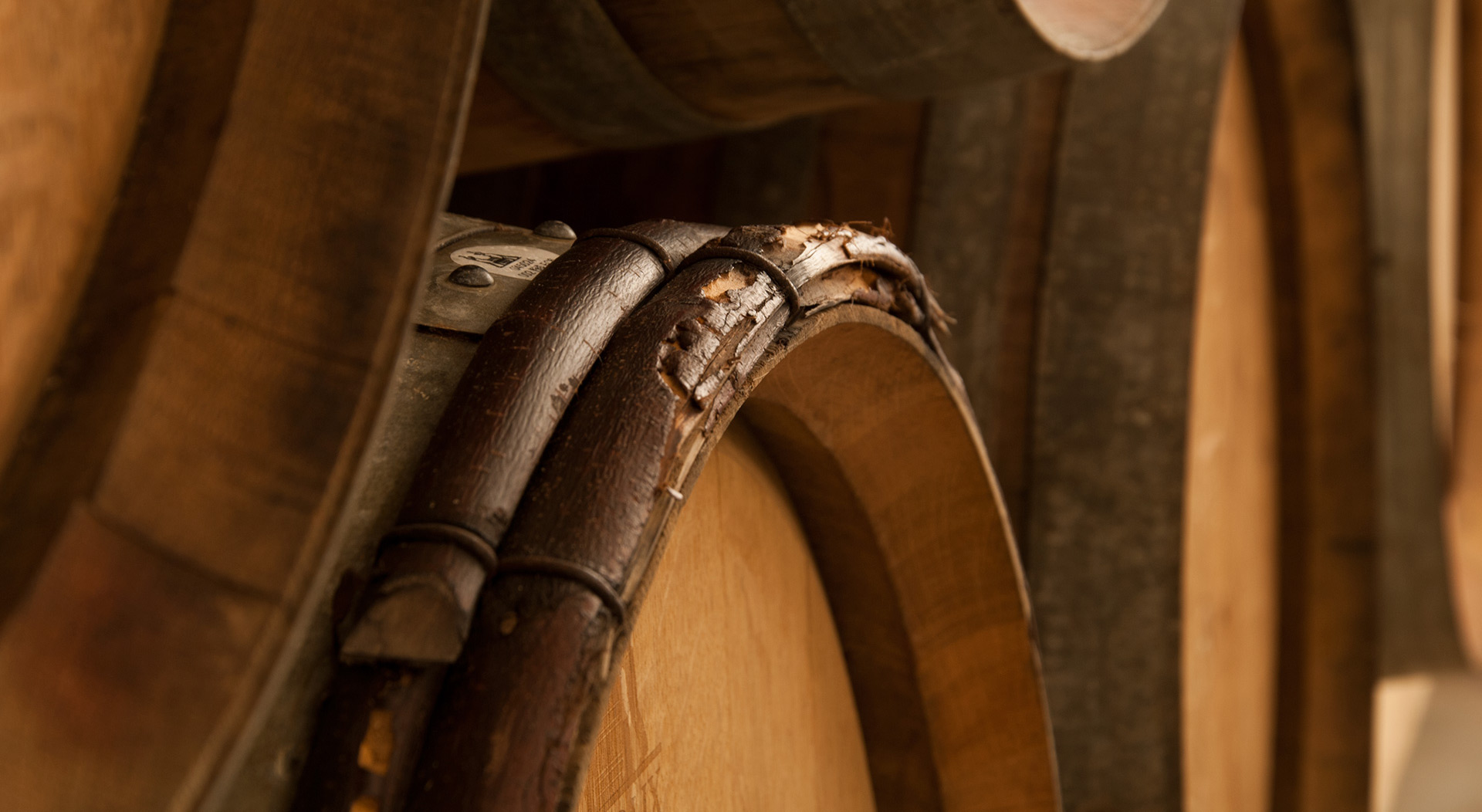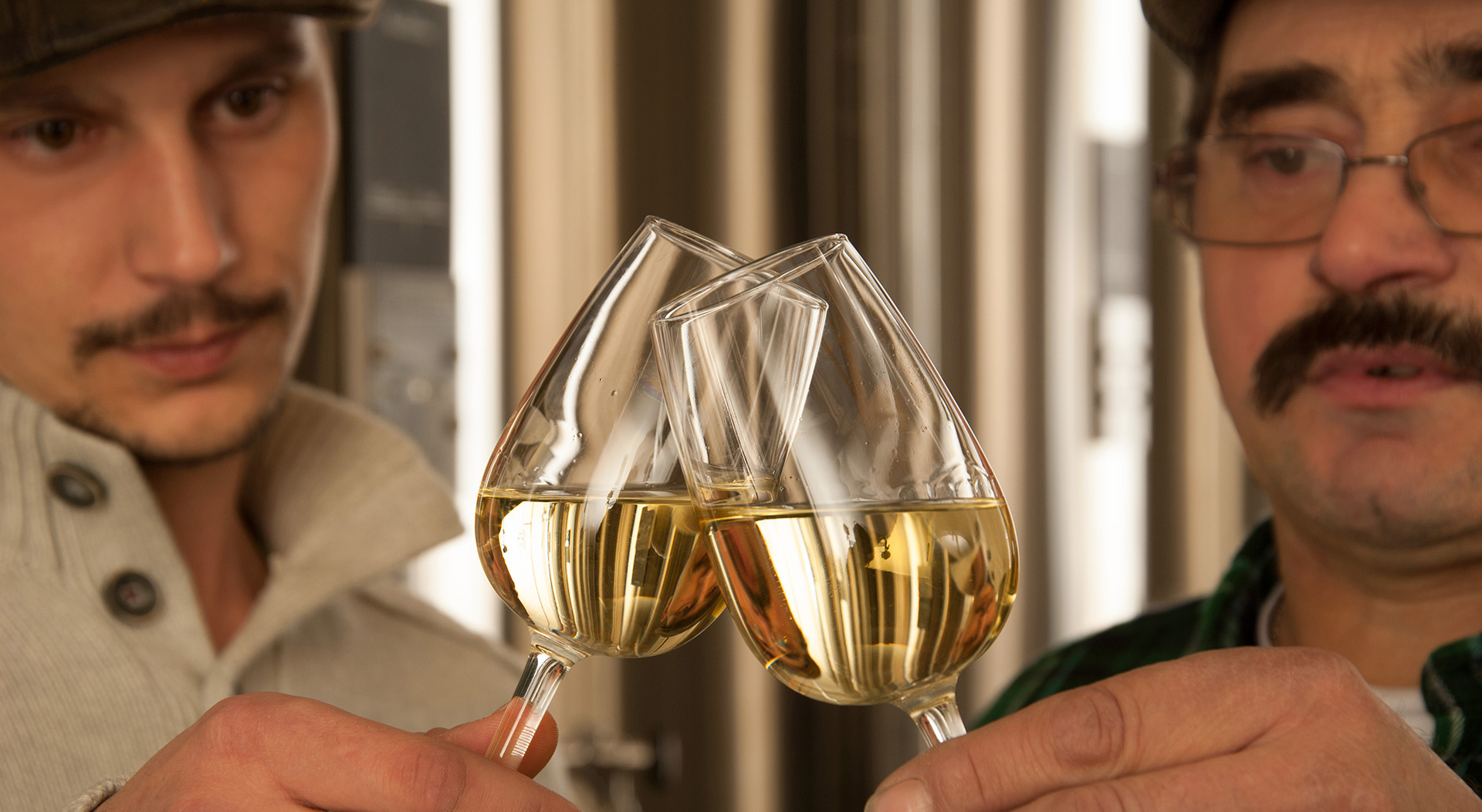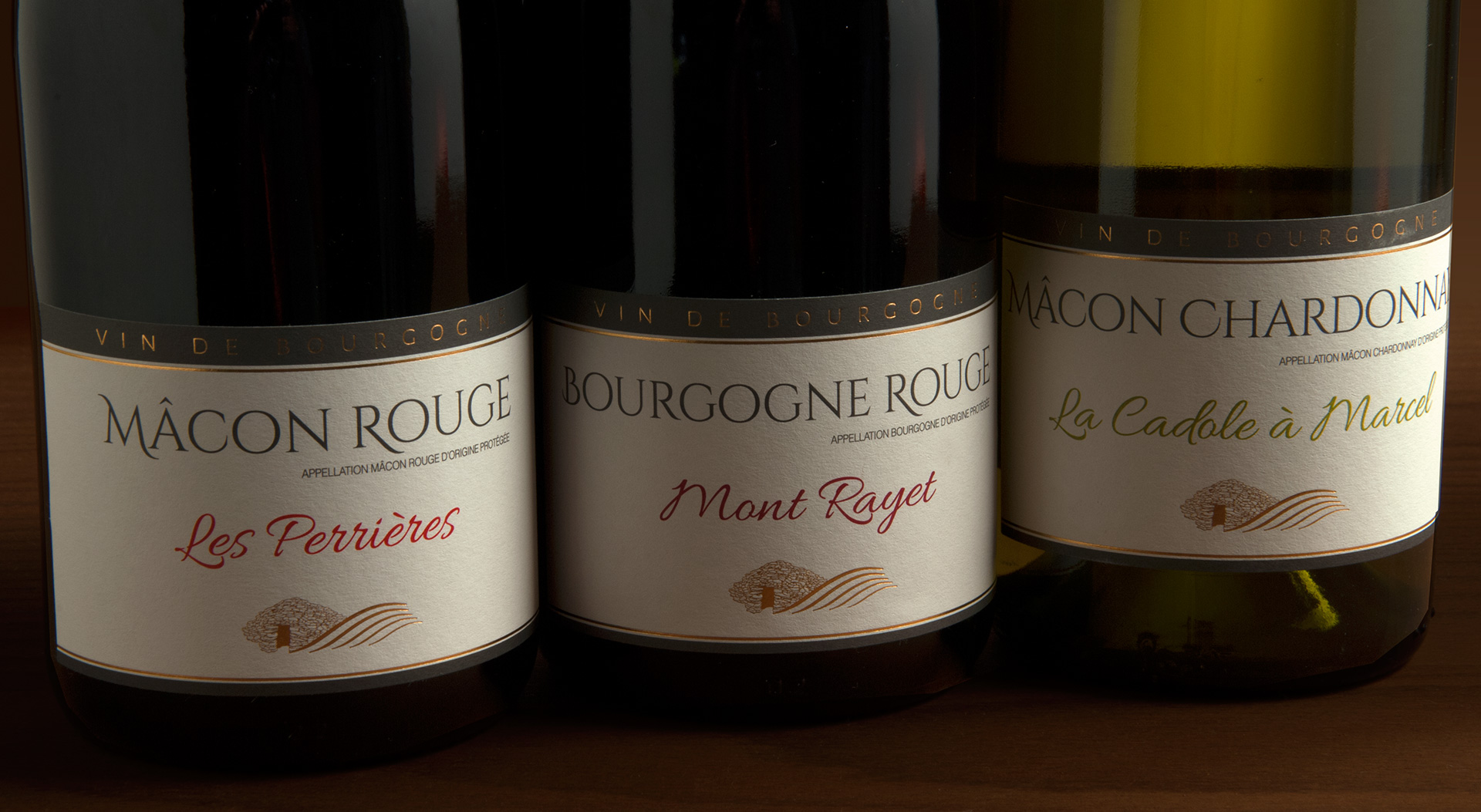“There’s no doubt, beauty exists (…) it’s that of the smallest tool shed in a vineyard” Francis PONGE, Pour un Malherbe, 1965.
Also called a cabotte (hut) in the Beaune region, caborde near Auxerre, caborne in Lyon or even casèle in southern France, the cadole describes a hut, a term from the Latin casa. These rustic buildings, are constructed with stones, either with or without mortar, and, although often at risk from agricultural land being developed, reflect, among other things, a typical, traditional, wine-making landscape. We are lucky to have a number of different examples of these buildings within our vineyards, which we restore as a tribute to the age-old work of our ancestors. This is how the ‘Les Cadoles de Chardonnay’ estate came to be.
Among these “ the cadeule of Les Grands Champs” occupies a hallowed place. Forgotten in the undergrowth, we found it while undertaking clearing work to allow us to prepare an enclosed plot farmed a very long time ago. Built originally during the development of this part of our Chardonnay land, it is the result of a difficult and long process carried out by our ancestors to remove stones from the plot in the 18th century. Made up entirely of dry stones with no mortar, it is remarkably solid thanks to its position within the wall that encircles it. As the original building technique of cadoles would have it, its unchanging stable arch is raised “as a corbelled construction” because it is made up of a row of flat stones positioned in corbels. It isn’t very roomy but enough to shelter the wine-grower and his tools during a downpour or somewhere to go for a break and a snack. Don’t forget that our elders were often working in vineyards far from the village for the day.
Not far from there our other “cadole of Les Grands Champs”, althoughconstructed more recently, preserves even more the memory of our grandparents’ toil. Just alongside the wine grower’s lodge, the lean-to housing the horse that drew the plough remains clearly visible. Just like Marcel’s cadole, the rationality of this building reflects all the ingenuity of our ancestors!
Whose cadole?
Marcel! He was our uncle, now deceased, who entrusted to us the task of working his vineyards from 1987 and to maintain the cadole that he inherited from his father-in-law, Pierre Piguet, its builder back in 1945! Like a sentry box, Marcel’s cadole watches over the adjoining vineyards at the place called Nécuge. Based on the model of the horse cadole of Les Grands Champs this is also built from stones, but, what is most remarkable about it is found underground. Ideally situated on the course of an underground river it allows a tank hollowed out by hand to be supplied with water. The cadole therefore proves to be essential in correctly managing the nearest vineyard. That is because you need water to soak the grape producing shoots that need winter and spring trellising, to water the shoots notably during dry periods and to wet the sulphur and copper, the two traditional minerals essential for protecting the vine against disease.
Thanks to the water from the Marcel candole, we’ll never be lacking in wine! To pay him tribute we christened our first Mâcon-Chardonnay vintage “La cadole à Marcel”.



